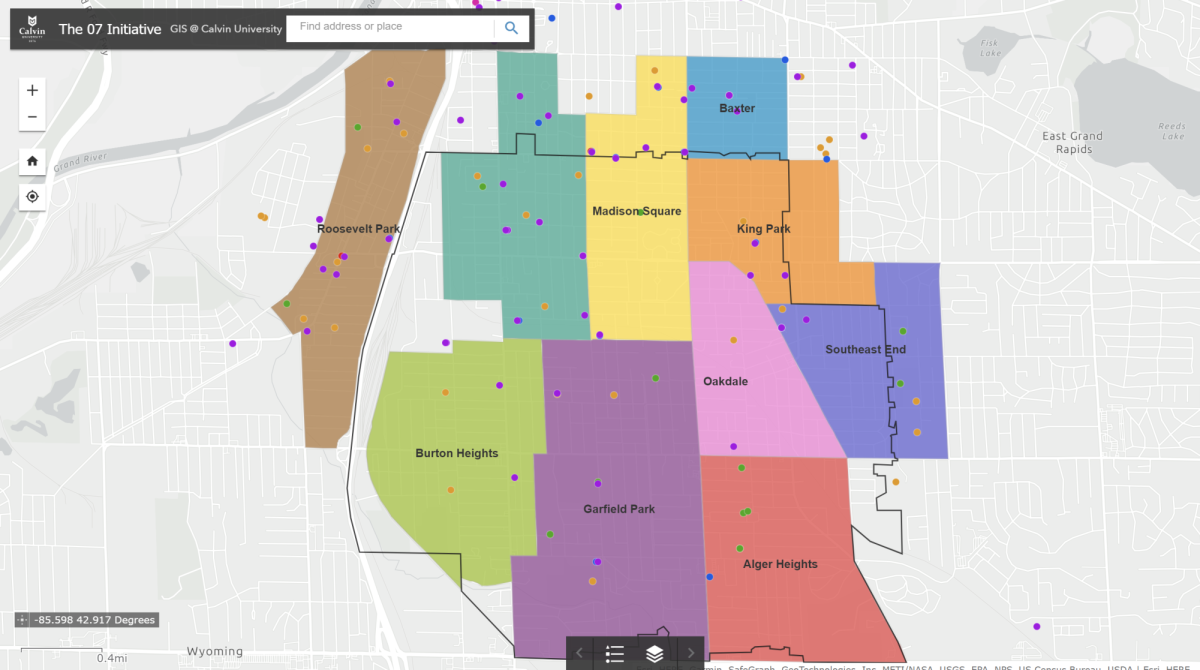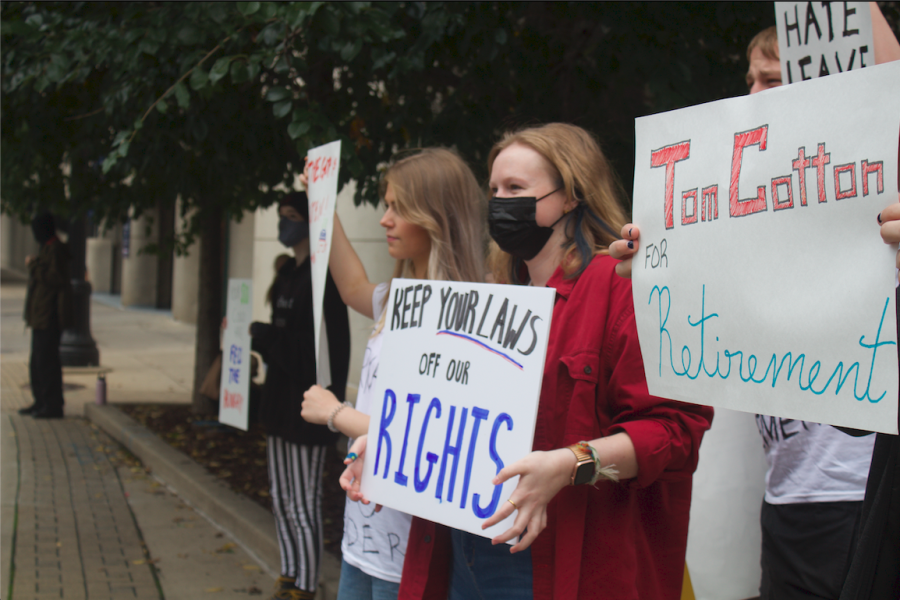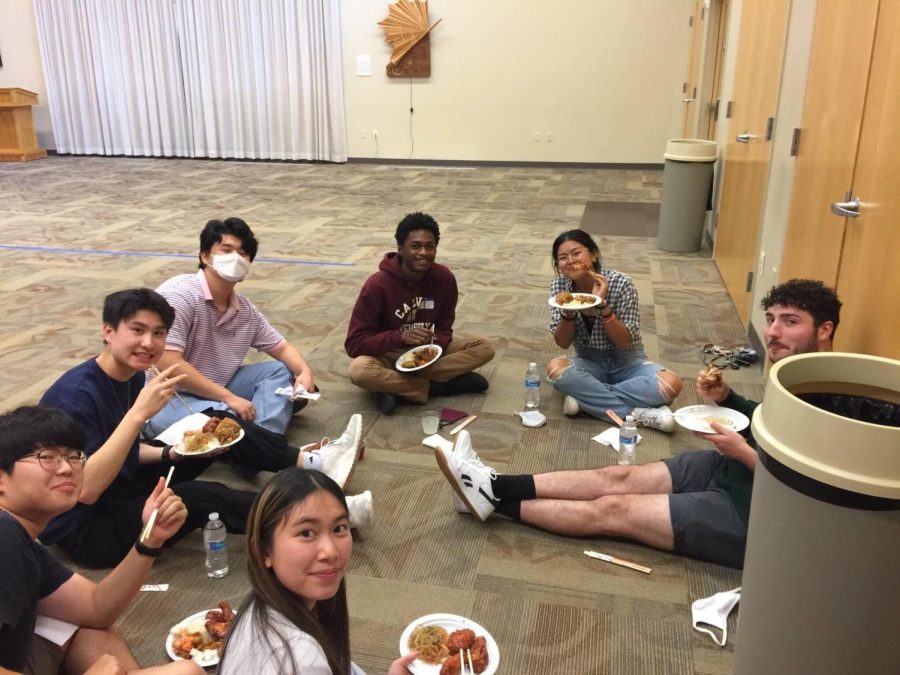Neighborhood activist Gabriel Works offered a nine-point plan for neighborhood improvement in Grand Rapids to the East Hills Council of Neighbors’ annual meeting. Her plan emphasizes community solidarity and a focus on sustainable neighborhoods, both environmentally, economically and socially.
The East Hills neighborhood, located near Calvin, is bounded by Wealthy, Fuller, Fulton and Union streets. It includes businesses such as Marie Catrib’s, Brick Road Pizza and The Meanwhile bar.
Claire Fisher, a community organizer for the East Hills neighborhood, describes the East Hills neighborhood as a place that “has always reached beyond the status quo to address the needs of the community as a whole, and to diligently create and maintain a diverse, safe and sustainable community in which everyone can live, work, shop and play.”
Claire emphasizes the importance of grassroots advocacy which has led to many developments in the neighborhood, including starting the development of a community land trust, saving Congress School from being closed, working to redevelop 920 Cherry St. (which includes 33 new housing units) and working to make the neighborhood more environmentally sustainable through things like rain gardens and permeable asphalt parking lots.
Works’ nine-point plan focuses on four areas: houses, streetscape, well-being and businesses. She links all of these to what she calls “Urban Love,” the sustainability and success of a neighborhood.
Her first four points regard houses.
According to Works, “buying a piece of property in our urban neighborhoods, fixing it up and living in it is emotionally very gratifying and financially rewarding.”
Her second, third and fourth points are all variations on this theme of pride in owning a home in a neighborhood. Point two suggests home networking — actively working to contact people who are looking for homes and connect them to homes in the neighborhood. Point three simply highlights the need for maintaining the houses of a neighborhood. Point four reminds a neighborhood of the importance of communication, especially between landlords, tenants and neighbors, which is an important reminder for many college students living off-campus.
Works’ fifth and sixth points regard the streetscape of a neighborhood. Her fifth point reminds a neighborhood of the importance of maintaining a good-looking home and yard, but she uses the opportunity to suggest that yard maintenance is an especially good way to build neighborhood community.
“Whether you are owner or tenant, look for opportunities to plant some flowers that everyone can enjoy. Mow your yard — and mow your neighbors’ too if they need the help.”
Her sixth point reiterates this idea. “Water the trees — both yours, and your neighbors’ if necessary.”
Her seventh and eighth points relate to the well-being of members of the neighborhood. Point seven reminds the community to be alert, involved and to keep their porch lights on. Point eight is the simplest example of her advice to a community: “Goodness is just as contagious as badness.”
Her last point encourages a neighborhood to regularly frequent and support local businesses.
Calvin students may not be planning on being homeowners in the near future, but Gabriel Works’ advice for neighborhoods has applications for anyone living in a community, whether it’s a dorm, renting a house with several friends or planning for homeownership.








